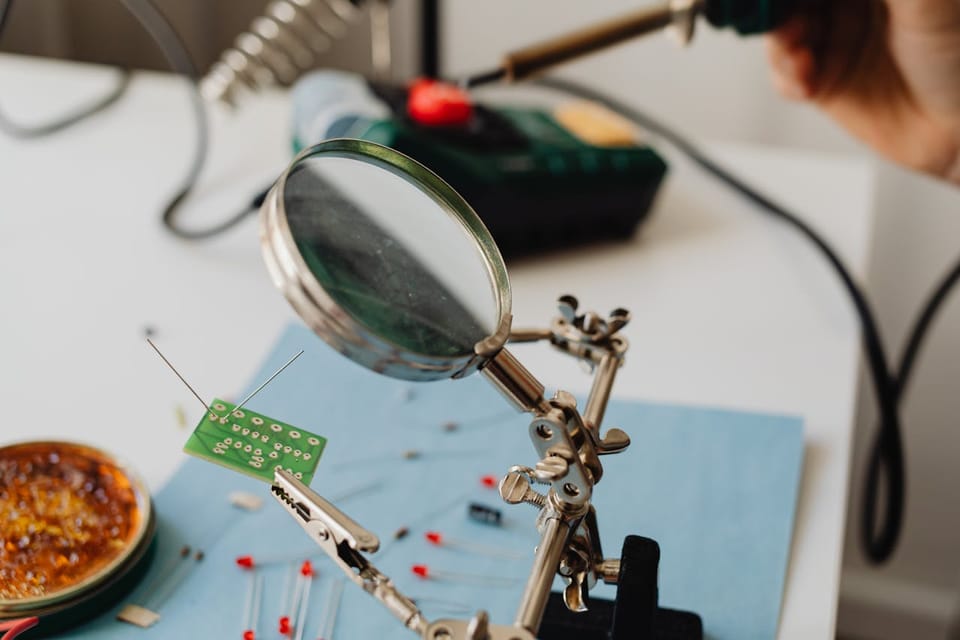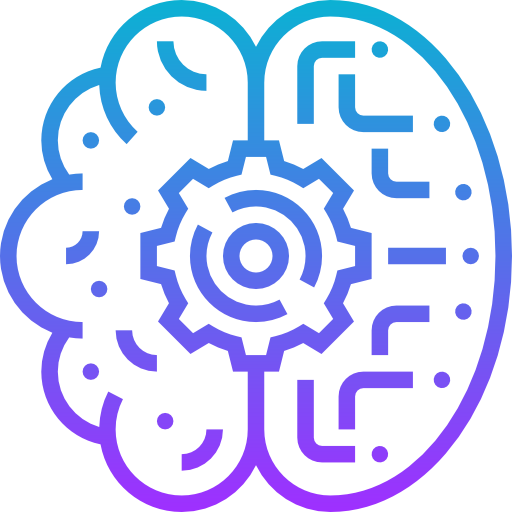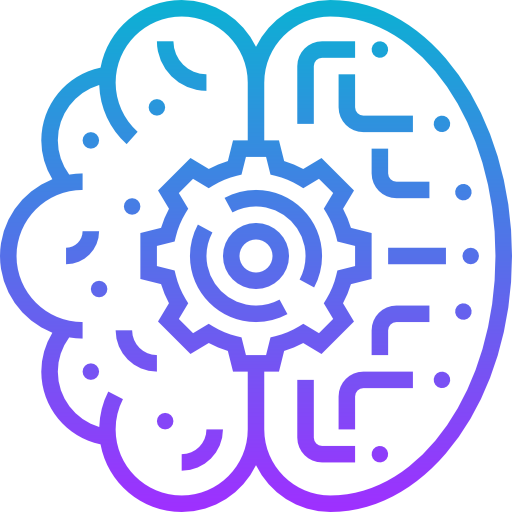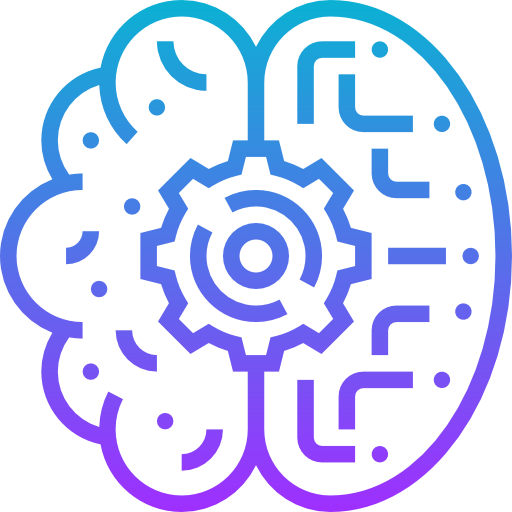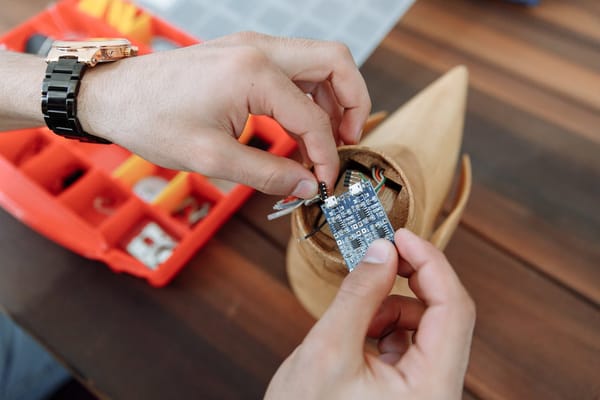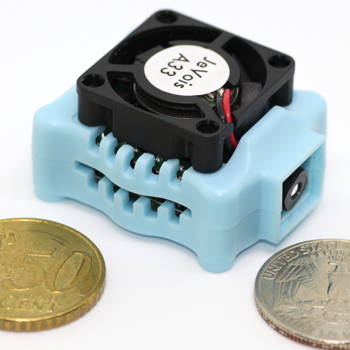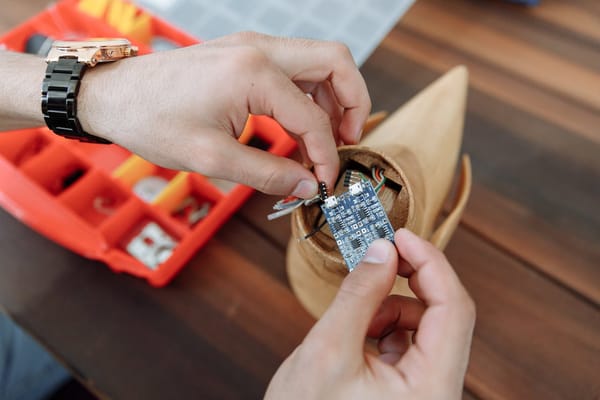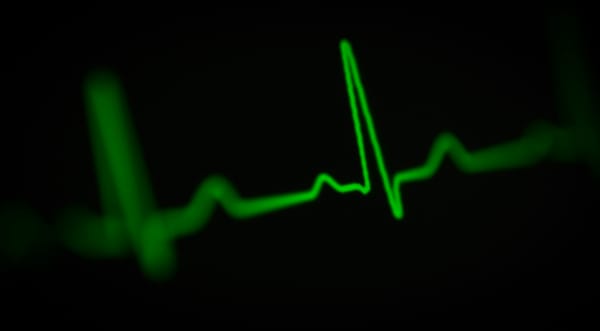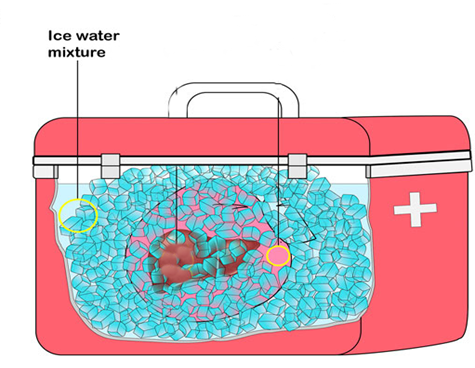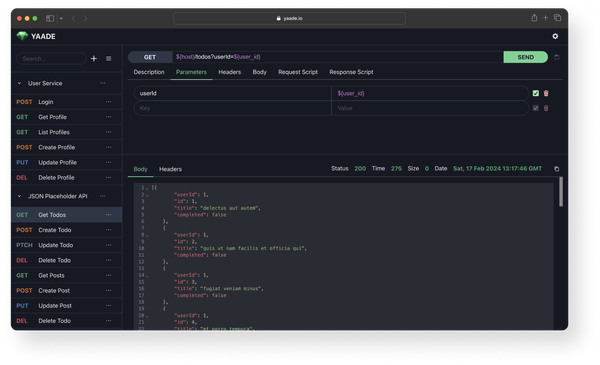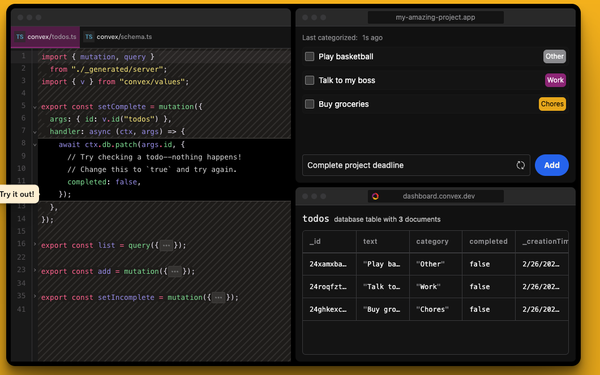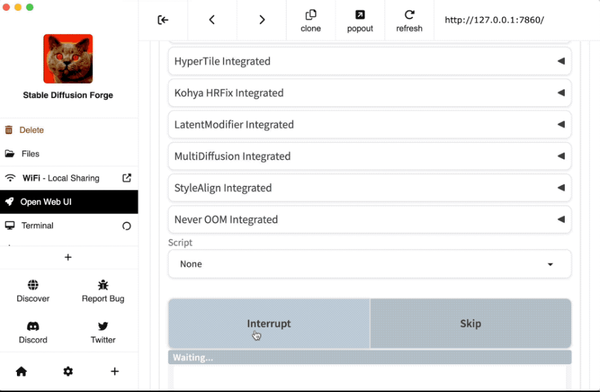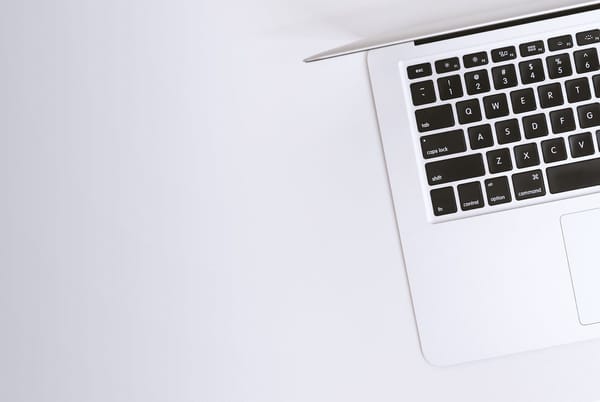11 Life-Saving Medical Devices You Can Build with Arduino (Yes, Really!)
Table of Content
If you’re reading this, chances are you’re either curious about blending tech with medicine or already knee-deep in some wild project that’s keeping you up at night. Either way, welcome. I’m a doctor by training and a developer by passion—two worlds that don’t always overlap but when they do, magic happens.
Over the years, I’ve been fascinated by how technology can make healthcare smarter, cheaper, and more accessible. And if there’s one tool that keeps popping up as a hero in this journey, it’s Arduino.
So why am I writing this? Well, because I want to share something that has genuinely changed the way I approach problem-solving in medicine. Whether you're a medical student tinkering around, an engineer who loves biology, or just someone excited about making cool stuff, Arduino is your ticket to turning ideas into reality. It’s affordable, beginner-friendly, and backed by a massive community of people who are just as passionate about building things as you are.
Let me tell you why Arduino rocks for biomedical projects—and show you some jaw-dropping examples of what’s possible.
What Exactly is Arduino?
In simple terms, Arduino is an open-source electronics platform that lets you build interactive devices. Think of it as the brain behind your invention. With a little coding and some basic components, you can create gadgets that sense, react, and solve real-world problems. No need for fancy degrees or expensive tools—just curiosity and a willingness to experiment.
There are tons of Arduino boards out there, each suited for different types of projects:
- Arduino Uno: The OG board. Perfect for beginners and general-purpose projects.
- Arduino Nano: Tiny but mighty. Great for wearables or compact designs.
- Arduino Mega: For bigger, more complex setups like multi-sensor systems.
- Arduino MKR Series: Made for IoT projects, with built-in Wi-Fi and Bluetooth.
The best part? You don’t have to be an expert to get started. Arduino was designed to lower barriers—not raise them.
Why Arduino Matters in Medicine
As someone who works in both healthcare and software development, I see endless opportunities where Arduino can bridge gaps. Need a low-cost heart rate monitor? Done. Want to track medication adherence for elderly patients? Easy.
Dreaming of creating a prosthetic hand controlled by muscle signals? Totally doable.
But beyond the practical applications, Arduino teaches you how to think critically. Every time you debug code or troubleshoot a faulty connection, you’re sharpening skills that apply far beyond electronics. These are the same skills we need in medicine: problem-solving, creativity, and resilience.
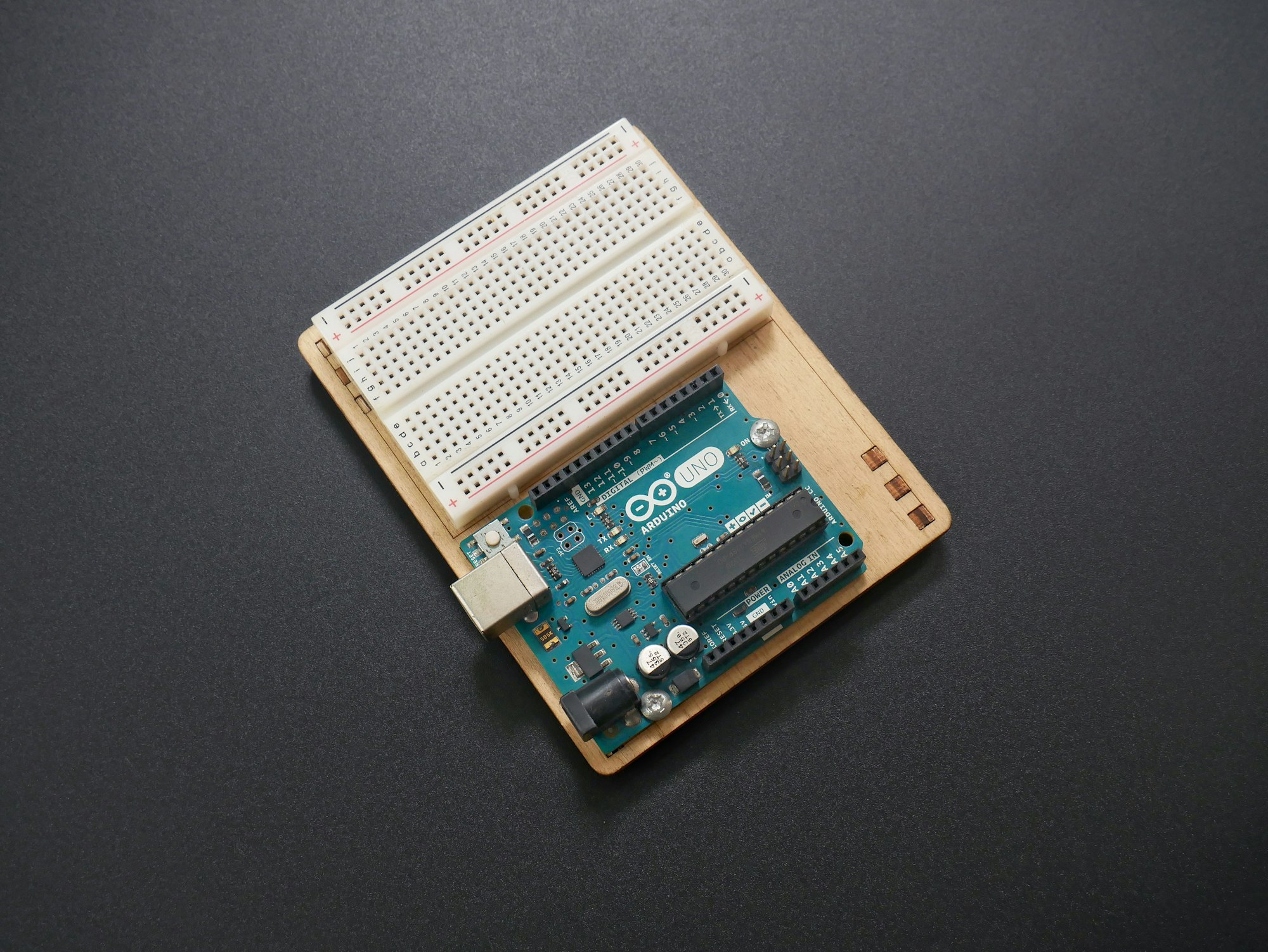
And let’s not forget—the educational value here is insane. Working on medical projects forces you to understand not only the tech side but also the human side.
What does the body need? How can we improve care? These questions drive innovation, and Arduino gives you the tools to answer them.
11 Cool Arduino Medical Projects That Will Blow Your Mind
Enough talk—let’s dive into some actual projects. These aren’t just experiments; they’re stepping stones to solutions that could save lives.
1. Heart Rate Monitor
Ever wanted to build your own fitness tracker? With a pulse sensor and an Arduino Uno, you can create a wearable device that measures real-time heart rate.
Imagine using this to monitor cardiac patients or even optimize workouts.
2. Blood Oxygen (SpO2) Monitor
Using a MAX30102 sensor and an Arduino Nano, you can build a portable SpO2 monitor.
This is especially useful for patients with respiratory issues like asthma or post-COVID recovery.
3. Portable ECG Monitor
An AD8232 ECG module paired with an Arduino Mega lets you record heart electrical activity. Detect arrhythmias or irregular beats anywhere, anytime.
4. Body Temperature Monitor
Track fever trends with a non-contact temperature sensor like the MLX90614. Compact, accurate, and perfect for clinics or home use.
5. Smart Pill Dispenser
Help elderly patients stay on top of their meds with an automated dispenser. Add reminders via an RTC module and a servo motor. Simple yet life-changing.
6. EMG-Controlled Prosthetic Hand
This one’s close to my heart. Using EMG sensors and servos, you can create a prosthetic hand that moves based on muscle signals. Affordable and empowering.
7. Fall Detection System
Elderly folks living alone? A wearable device with an MPU6050 accelerometer can detect falls and send alerts to caregivers via GSM. Safety reimagined.
8. Non-Invasive Glucose Monitor
Diabetes management gets a tech boost with a semi-invasive glucose sensor. Sync data wirelessly to a mobile app for continuous monitoring.
9. Sleep Apnea Tracker
Combine pressure sensors and microphones to track breathing patterns and detect apnea episodes. A game-changer for diagnosing sleep disorders.
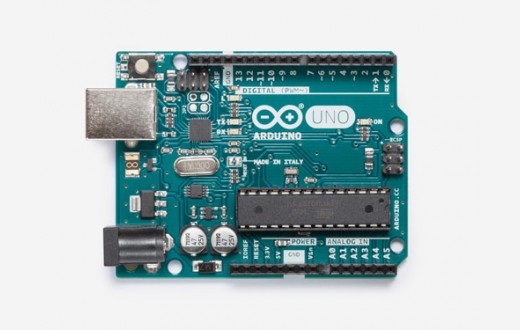
10. Smart Asthma Inhaler
Track inhaler usage and sync data with a mobile app using flow sensors and Bluetooth. Help asthma patients manage their condition better.
11. TENS Device for Rehabilitation
Build a Transcutaneous Electrical Nerve Stimulation (TENS) device for physical therapy. Stimulate muscles during recovery from injuries or chronic conditions.
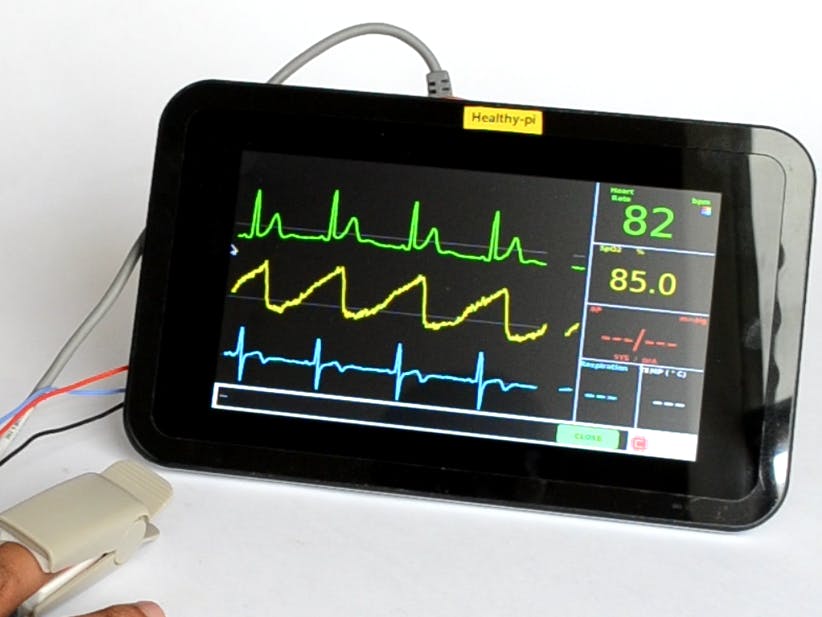
How to Get Started with Arduino
Ready to jump in? Here’s how:
- Learn the Basics: Head over to Arduino’s official site for tutorials. Trust me, they’re gold.
- Pick a Project: Start small. Choose something that excites you and matches your skill level.
- Gather Components: Grab a starter kit—it’ll save you time and money.
- Experiment and Test: Build, break, rebuild. Failure is just part of the process.
- Share Your Work: Post your project online. Inspire others and learn from their feedback.
Final Thoughts: Make Something Meaningful
At the end of the day, Arduino isn’t just about circuits and code. It’s about solving problems. It’s about taking an idea—a spark of curiosity—and turning it into something tangible. Something impactful.
I’ve seen students use Arduino to create devices that help doctors diagnose faster, assist patients in managing chronic illnesses, and even give amputees a new lease on life. If they can do it, so can you.
Start small. Dream big. And remember, every great invention started with someone saying, “What if?”
Now go build something amazing. The world needs your ideas.
Until next time.

